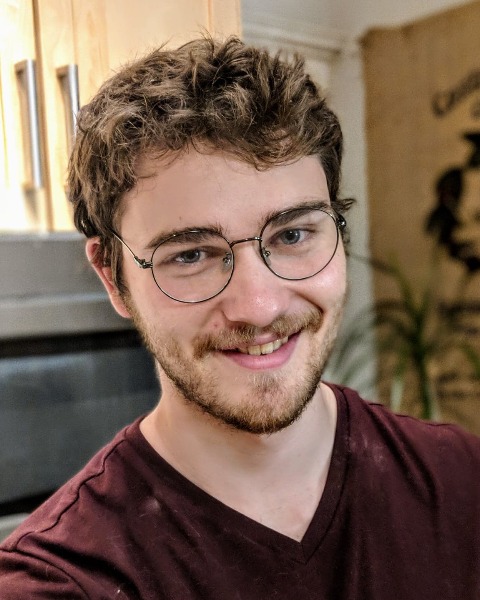
Automation Technologies
A Modern Software Environment for Liquid-Handling Robots Enables a New Class of Automated Experiments

Stefan Golas
Research Technician
Massachusetts Institute of Technology
Somerville, MA, United States
Primary Author - December Poster(s)
Liquid-handling robots have an experimental range surpassing that of human scientists for many molecular and cell biology protocols, but their widespread adoption for industrial and academic applications is hindered by critical limitations. In particular, these robots suffer from deeply unintuitive programming interfaces unlike any modern programming environment, which limits protocol development speed and restricts their ability to integrate with 3rd-party instruments. Furthermore, essentially no open-source developer communities around liquid-handling robots exist, resulting in a steep learning curve for new users, and little ability to reuse code across institutions through public repositories like GitHub. Consequently, the full experimental breadth of these robots remains to be explored. In this work, we present PyHamilton, a software package that enables protocol development for Hamilton Microlab STARs within a Python interface. The transition to a Python interface enables productivity-boosting software design patterns and tools familiar to developers. In addition to massively increasing protocol development speed due to the intuitive nature of the Python language, PyHamilton greatly simplifies integration with 3rd-party instruments and data sources. So far, PyHamilton has been successfully integrated with a range of equipment, including high capacity robotic plate incubators, peristaltic dosing pumps, plate readers for spectrophotometry measurements, and temperature control units. One class of experimental protocols made feasible with PyHamilton are adaptive cell culture experiments, where data from periodic measurements feed into a robotic script maintaining multiple cell cultures in parallel. For example, an automated turbidostat protocol maintains >400 parallel bacteria cultures at constant optical-density by using a growth-rate model to calculate media dilution volumes for each well. Other adaptive cell culture experiments have been explored, such as phage-and-robot assisted near-continuous evolution (PRANCE) where a tunable selection stringency parameter such as dilution rate is modified on-the-fly based on the target activity of each well. One area where an adaptive cell culture framework might be productively applied is automated stem cell maintenance and organoid formation in combination with high content imaging. To date, we have successfully implemented several routines used in automated stem cell culture maintenance. Automated feedback loops could be beneficial across diverse fields, including pharmacokinetic and drug efficacy assays on organoids, particularly to test anti-cancer therapies. Relevant advances in high-throughput imaging such as cell morphology detection with machine learning could be integrated into a feedback loop which automatically directs the robot through a series of experiments based on the results of previous data acquisition steps.
 View Leader Board
View Leader Board
SLAS Events

1st Prize - Comp Reg + Hotel/Airfare to SLAS2023 in San Diego
2nd Prize - $50 Starbucks Gift Card
3Rd Prize - $25 AMEX Gift Card
Keep an eye on the leader boards to see who’s at the TOP. Winners will be announced after SLAS2022.
Each participating poster in the exhibit hall will have a QR code next to it. For virtual participants, look for the scavenger hunt icon for participating posters.
